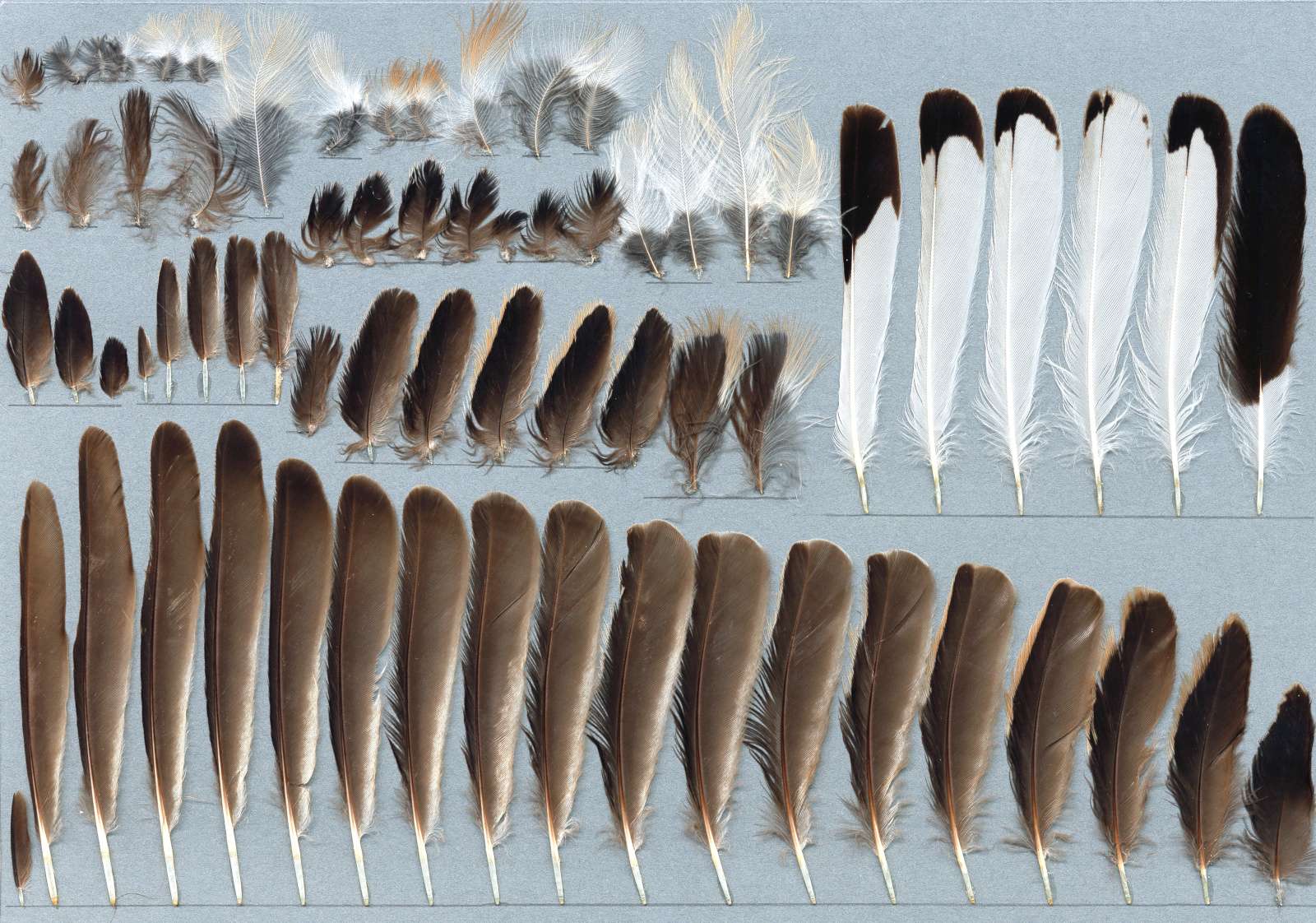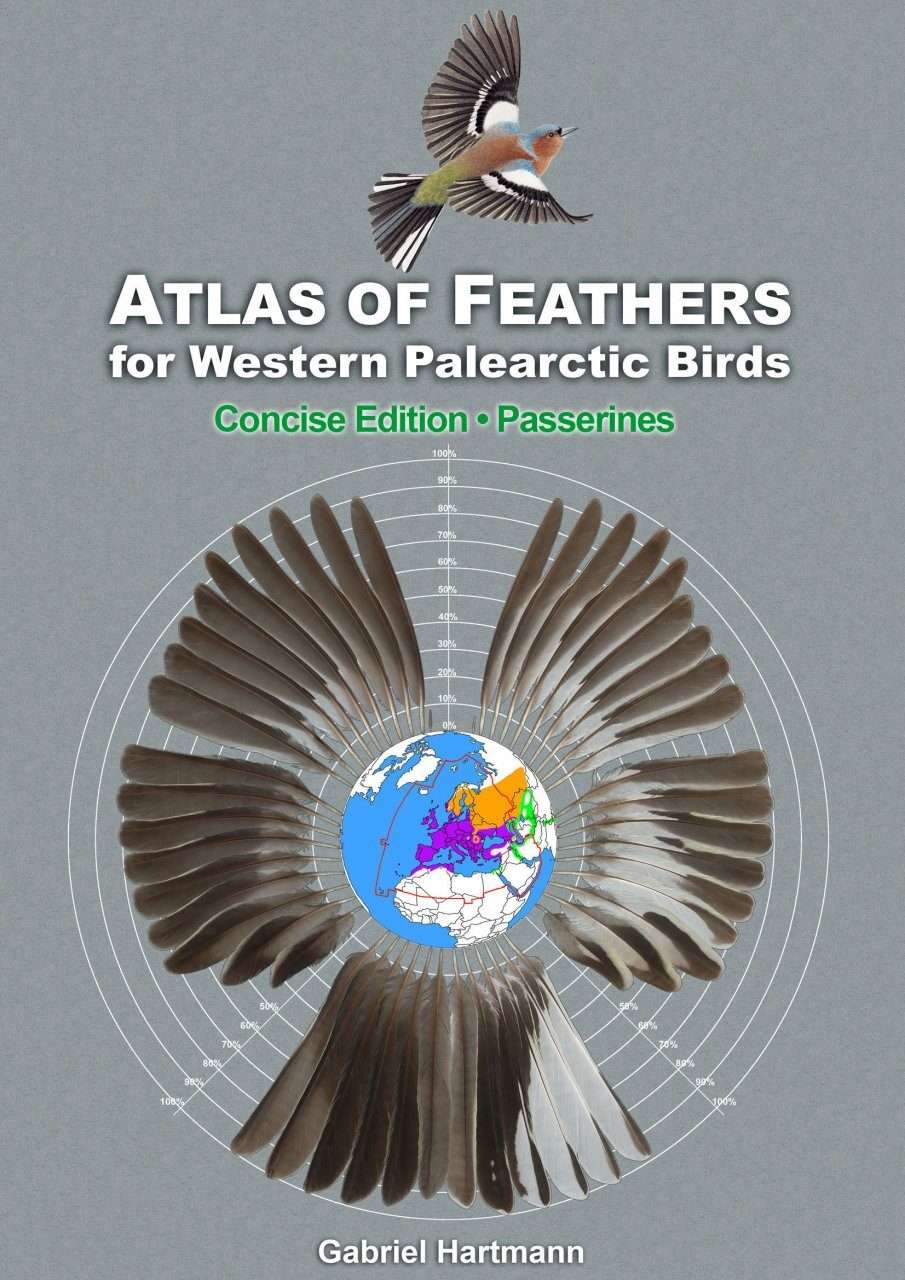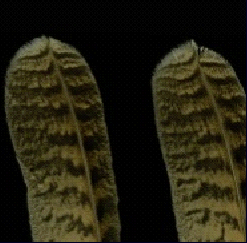The Importance of Bird Feathers for Aviation
Identifying feathers is crucial in order to clarify the causes of many plane crashes and to prevent future accidents. Two approaches are used to identify feather remains:
The microscopic approach includes the analysis of downy feather structures under the microscope and sometimes also a biochemical examination or DNA extraction. This is necessary when only small feather fragments or traces of blood can be found.
The macroscopic approach allows a visual comparison and does not require expensive instruments. This approach is used when larger feather fragments or other body parts of the bird are found.
Although books on microscopic feather analysis already exist, there is a lack of literature and complete illustrated guides on macroscopic identification, particularly with color photographs. Given this shortage, it was decided to develop a feather identification book based on color photographs. The project quickly progressed to a fairly advanced stage, but additional funding was needed to cover production costs.

Source Material and Methodology
The project is based on a large feather collection that has been built up over the last 15 years with the help of various institutions and is kept in the Zoological Museum of the University of Hamburg. The plan is to illustrate and describe feathers of almost all European bird species on about 800 pages in 24 x 34 cm format.
The main part of the book consists of over 600 large colour photographs showing a complete set of primary, secondary and tail feathers of each bird species. The feathers are glued to grey cardboard and scanned with a high-resolution scanner. This method provides reproducible results, although it is time-consuming. The data is presented in a compact and precise manner in order to keep it as concise as possible.
The descriptions of the feathers are divided into four sections:
Feather coloration, including differences between sex and age groups.
Plumage structure, including number, position and shape of feathers.
Information on the longest primary and tail feathers.
List of similar genera and their distinguishing features.
The genus data is preceded by the family data, which summarizes the common characteristics of each family. A brief identification key helps to assign the feather to a family, and a list of similar species enables final identification.




